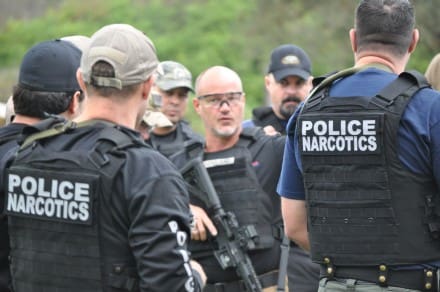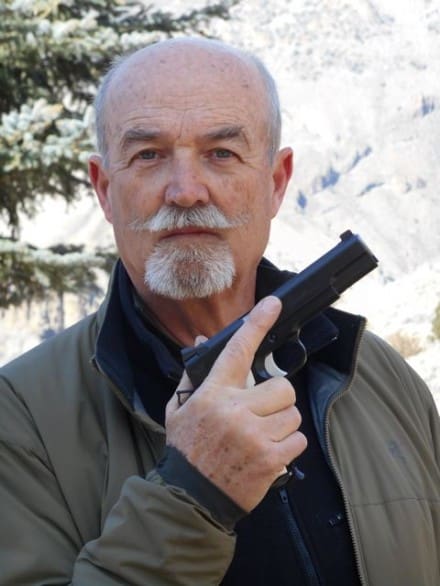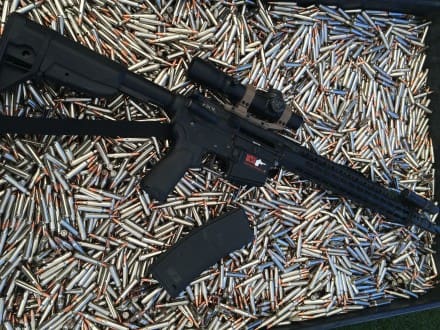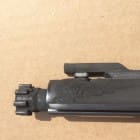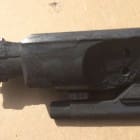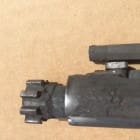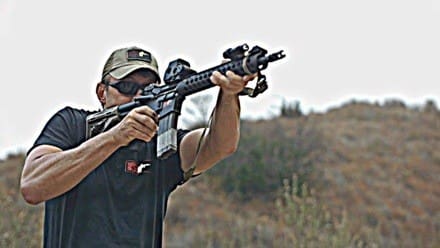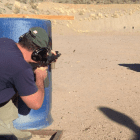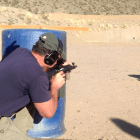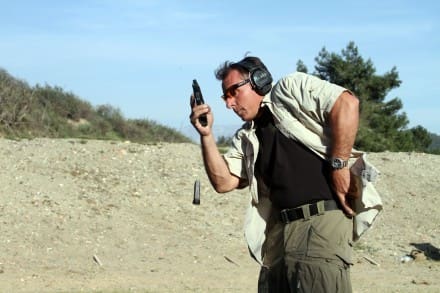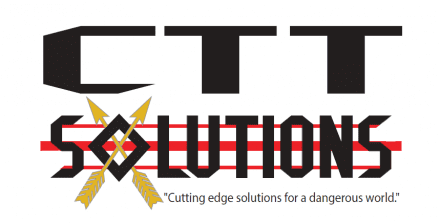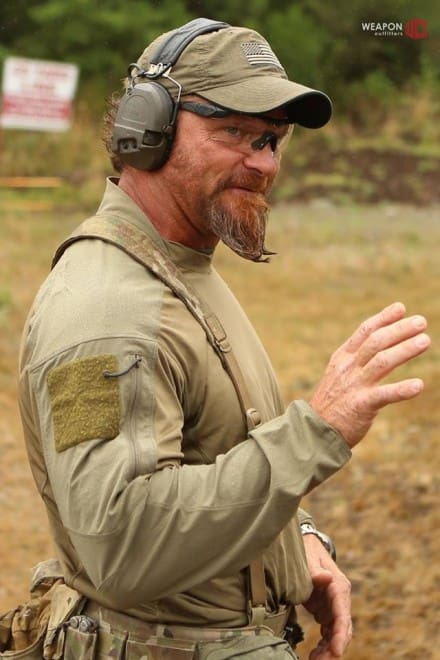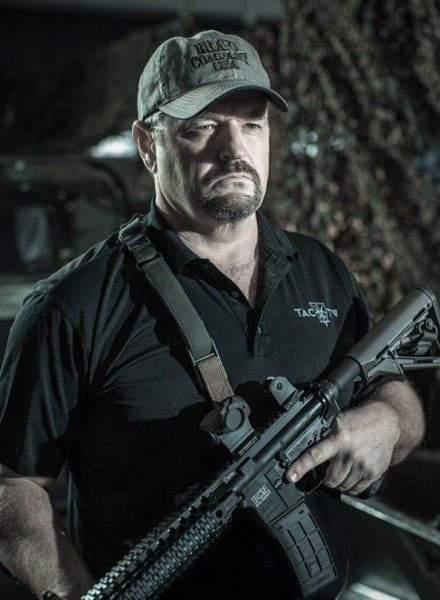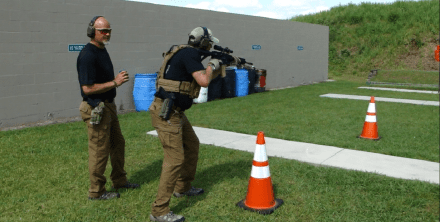“At his best, man is the noblest of all animals; separated from law and justice he is the worst.”
-Aristotle
Like it or not, Law and Order is a must or you have chaos, which is what the savages long for anyway. It’s not just in the Middle East anymore; Ferguson, Baltimore, and more recently Waco, Texas are good examples of how close the leader of the Free World can become the Wild West.
Sure, nobody wants to be a victim, and with the lack of trust in our close minded and uninformed politicians who attack our 2nd Amendment rights, we buy more guns, ammo, and equipment. If you’re like my family, you can never have enough guns. However, why don’t we spend some of that money on training and improve upon a perishable skill?
I, too, would love having a gun collection like the one Charlton Heston had, but you can only shoot one gun at a time to get truly proficient with that weapon system. I try and keep things simple and only use Glocks and 1911 type pistols, because that is what I grew up with and used during my Military career.
Do you think the guy that surprised the two Jihadist down in Texas had been trained, or had really cool Gucci gear that did all of the work? Obviously, this guy was confident in his ability, and it’s very important to know your own ability before springing into action hero status. Anybody can spring into action when you roll out surrounded by commandos, but to act alone is simply heroism.
The conceal carry laws and training outline by the NRA barely scratch the surface on accuracy and accountability; I add the later because if your gun goes ‘bang’, you had better know where that bullet is going.
I believe that having a conceal carry permit is a privilege, while being proficient and accurate is a responsibility.
Train on.
Respectfully,
Daryl Holland
Daryl Holland is a retired U.S. Army Sergeant Major with over 20 years of active duty experience, 17 of those years in Special Operations. Five years with the 1st Special Forces Group (SFG) and 12 years in the 1st SFOD-Delta serving as an Assaulter, Sniper, Team Leader, and OTC Instructor.
He has conducted several hundred combat missions in Afghanistan, Iraq, Bosnia, Philippines, and the Mexican Border. He has conducted combat missions in Afghanistan’s Hindu Kush Mountains as a Sniper and experienced Mountaineer to the streets of Baghdad as an Assault Team Leader.
He has a strong instructor background started as an OTC instructor and since retiring training law abiding civilians, Law Enforcement, U.S. Military, and foreign U.S. allied Special Operations personnel from around the world.
Gunfighter Moment is a weekly feature brought to you by Alias Training & Security Services. Each week Alias brings us a different Trainer and in turn, they offer some words of wisdom.


